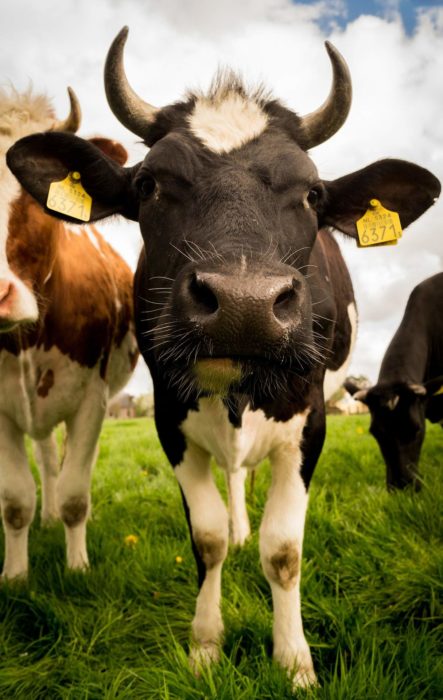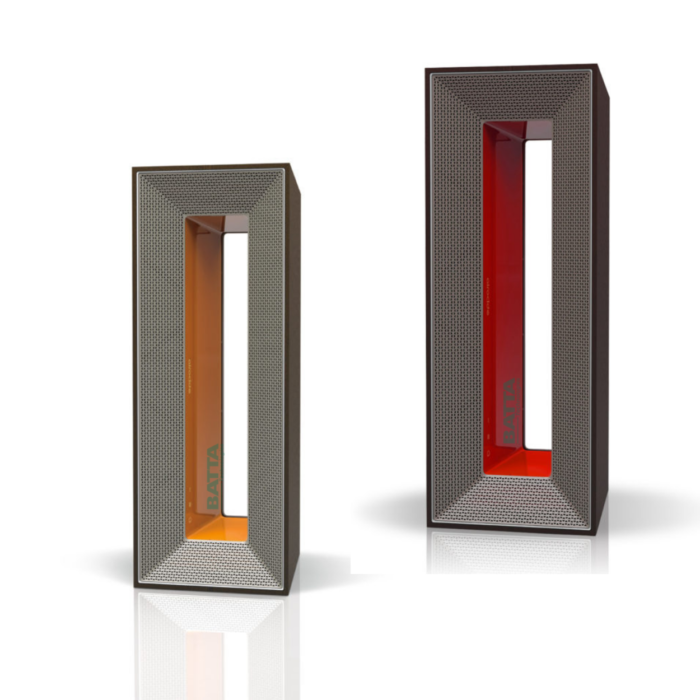
How Intensive Farming Is Affecting Our Air Quality
Air quality in the countryside is increasingly becoming problematic. Contrary to what many think or perceive.

Presently the global population stands at approximately seven billion people. And, some estimates have this number expanding to nine billion by the end of the century. Obviously, every one of these people will need to eat, so the demand for food products has nowhere to go but up. One of the means to meet this ever-increasing demand is called intensive farming. Basically, these are agricultural techniques that maximize the crop or livestock yield per acre of the farm and produce as much food product as possible. The ability to do this depends heavily on modern technology, and thus intensive farming is dramatically different from traditional forms of agriculture practiced for generations all over the world. While there is very little debate about the need to maximize food production, there is equally little attention given to the potential harm that intensive farming causes. Specifically, its impact on air quality and the subsequent decline in public health resulting from that impact. Authorities in the United Kingdom have sought to bring the environmental costs of intensive agriculture into the public sphere, and have raised some startling conclusions.
The Problems In The Air

Intensive agriculture affects air quality in several ways. Ammonia fertilizer is used to deliver nitrogen to plants. Nitrogen is critical for the plant’s growth and development and is, therefore, an important input for farmers. Ammonia, however, can volatilize and end up in the air surrounding the farm. The United Kingdom has been tracking Ammonia emissions since the nineteen-eighties and has largely noted a decrease over the time period. This was due to things like more stringent environmental regulations and urbanization creeping into the countryside. However, the problem persists. And, it can be argued that greater population density close to agricultural activity makes the problem all the more serious. The same UK public health officials have gone so far as to say that further reductions of Ammonia pollution could cut premature deaths by fifty thousand in Europe and three thousand in the UK alone. Regrettably, this is where we have to circle back to our original point and note that people have to eat. So, although agriculture makes up a very small proportion of the overall economy in the developed world, it is a critical one. The intensive farming methods used to make this possible, have been blamed for the sudden flattening of the ammonia emissions reductions cheerily observed over the last four decades. How societies and the regulators who keep a careful watch over the well-being of those societies meet this challenge is presently anyone’s guess.
Another air quality problem coming from agriculture is the emission of bioaerosols. These are volatile organic compounds (VOCs) and particulate matter emitted from livestock production. The problem exists across the entire spectrum of the meat production industry. Cows flatulate, releasing methane gas into the air. Chickens are kept in dense coups, where droppings and down shedding collect. The chemicals and particulates are likewise released into the local environment. The filth associated with Hogs is certainly well known, and the odor it is responsible for is not soon forgotten by anyone who has ever spent time close to a Hog farm. Animals do animal things, and when lots of them are kept in close quarters (as intensive farming requires) it creates an environmental hazard. A recent review by Imperial College in London has noted a dramatic increase in respiratory problems for farm workers, and asthma/allergy issues in the local populations living near animal farms. Once again, the concerned observer can narrow their eyes at data like this, and try to rationalize the problem away. But, in 2019 Beef, Chicken, and Pork remain a considerable proportion of a human being’s protein intake. So, we must tread lightly in how we solve this one. Meat is notoriously difficult to preserve. The primary driver of spoilage is bacterial. And, the mesophiles, psychrophiles, and psychotrophs that feast on meat in storage is very persistent. They can survive at temperatures as low as one degree Celsius. So, even meat stored in an industrial refrigerator faces rapid spoilage. So, long-distance shipping of meat products must be rapid and clean. This naturally raises the price to the consumer. The only alternative is freezing, which can destroy the flavors and textures so cherished by carnivorous humans. It is human nature to want value for money, and politically sensitive to raise the price of food generally. So, offshoring meat production completely is an unlikely answer to the issue of bioaerosol production. And, once more we left to wonder what can be done.
An Immediate Solution

Perhaps the root issue is the nature of society and the government itself. We depend on collective action to fix things, and building consensus on anything is slow. So, is there something an individual can do to shield themselves from the detrimental effects of intensive farming? Here there is good news. Air purifier technology has improved to the point where the right device can eliminate the presence of Ammonia and particulate in your home. Given that the modern resident of a developed nation spends upwards of ninety percent of their day indoors, this should bring some welcome relief. The market for air purifiers is very fragmented at the moment. There is not a clear market leader, and technology standards often fall short of the mark in this industry. For example, most people associate the term air purifier with the word filter and gravitate toward whatever has the highest “HEPA” rating. This is a mistake in general, and particularly in the case of the air quality issues, we have raised here. The reason for this is twofold. First, even the best filters will only catch things down to about .3 microns in diameter. While that is very small, it is not nearly small enough for VOCs and even most particulate issues. True, it is great for pet dander or dust. But, that brings us to the second point here, everyone already has a filter in their home. If you have an air conditioner, you have a filter. You should be replacing this filter once per month, and that is far less expensive than buying an air purifier that essentially does the same thing (and maintaining it). The kind of technology needed to solve the Ammonia and Bioaerosol issue is much more advanced. Such technologies are called catalytic and rely on complex Chemistry rather than filter media. They perform reactions that make it possible to solve air quality issues at the molecular level, eliminating them completely from the air of your home. Such devices are probably not what the average person considers inexpensive, but they are well worth it. As was previously stated, the UK watchdogs have observed that reduced exposure to agricultural related air quality issues will save lives, a lot of them. Further deploying air purification technology in homes makes this possible. And, it can happen without your local congressperson, MP, MEP, president, or monarch lifting a finger.

